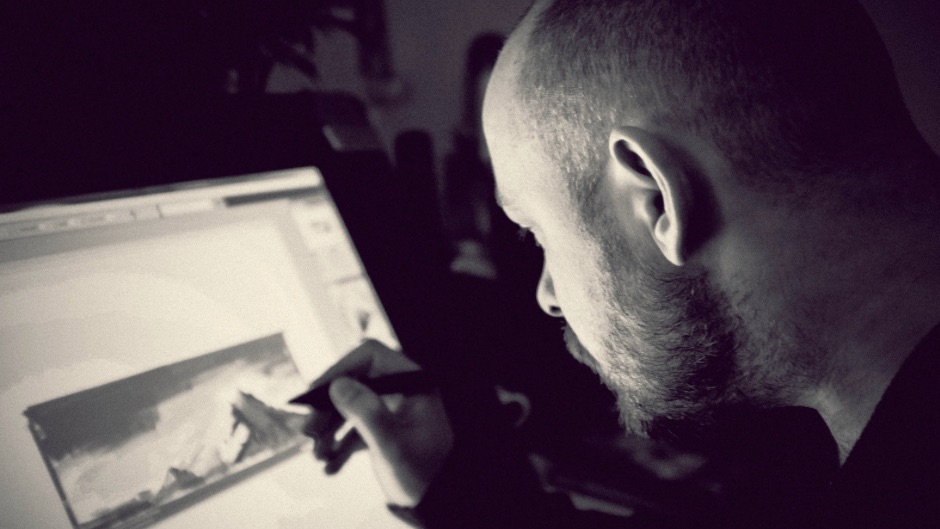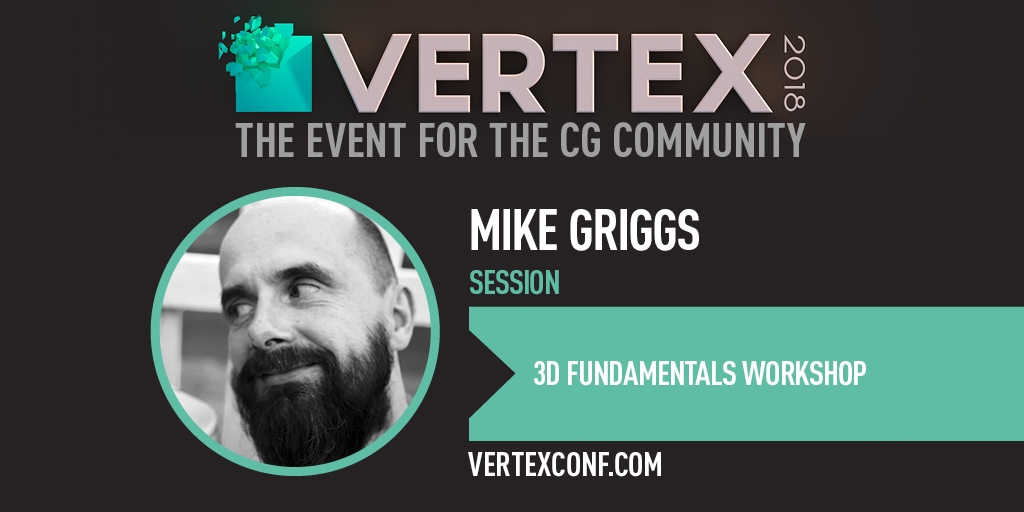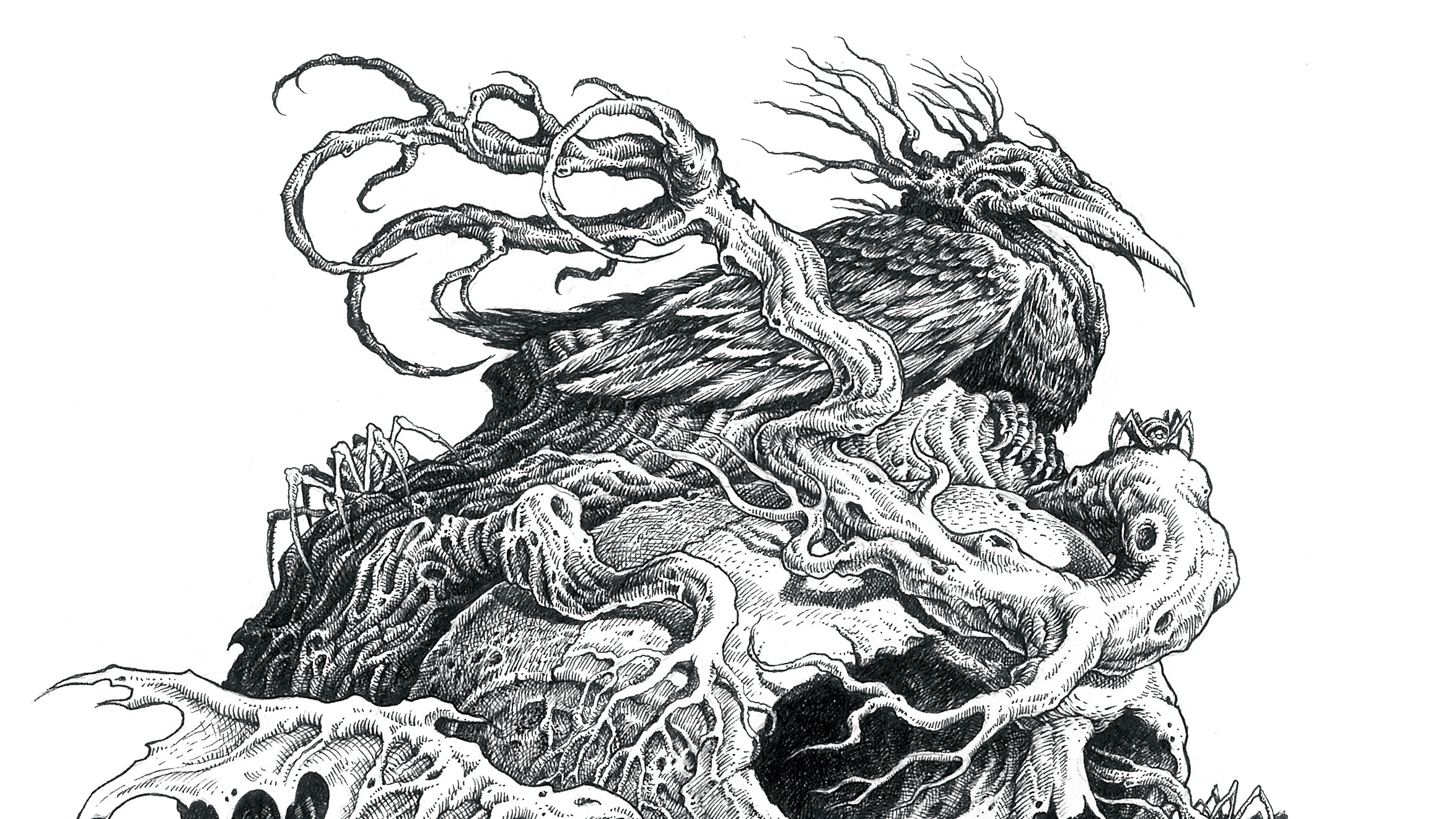5 tips to kickstart your 3D career
Vertex presenter Mike Griggs shows you the 3D fundamentals.

Starting out in 3D can be daunting, with a bewildering array of choices to make, from which software to use, Mac or PC, where to get feedback and so many more.
3D World veteran expert Mike Griggs is on hand with these invaluable insights into how to put your best foot forward, either as a newcomer or as a seasoned pro looking to re-establish yourself.
01. Ask the basic questions
One of the biggest problems about learning how to use 3D applications is that, well, it is really hard, as essentially an artist is creating new realities within the computer. A lot of 3D training therefore expects a level of understanding, which can be difficult for new artists to attain. So never be afraid to ask the simple questions as they can be glossed over by a lot of training.
02. Learn how a camera works
So much of 3D is based on replicating a certain cinematic or photographic look. Therefore understanding how a real camera works, from framing to f-stops, is a fundamental skill that all 3D artists should obtain.
03. Find software that works for the project
It is so easy in the 3D community to be swept up in the ‘what is the best software debate’. The issue with this is that for every artist who ‘gets’ Autodesk Maya, there are just as many who ‘get’ Maxon’s Cinema 4D or Pixologic’s ZBrush. A better approach is to think about what the project needs or what field of 3D art is of interest to you and start looking at the software that is used in those areas.
04. Training first, hardware second
If you have a fantastic £5,000 workstation sitting on your desk, it is depreciating in value the second you switch it on. Clever investment in training or render farms can minimise hardware investment for an artist and deliver more flexible workflows for clients.
05. Use social media for feedback
Social Media has been a boon for 3D artists, with many communities in Facebook, Behancé and ArtStation among many others popping up to show an artist's best work. Instagram is gaining a lot of traction as well, so don’t be scared to ask for feedback via these mediums, as even the best artist can be taught new tricks.
Learn more from Mike Griggs at Vertex 2018

Another way to kick-start your career is to look into training and advice. Mike Griggs will be holding a workshop at Vertex on 3D fundamentals that could be just the thing you need.
But why do we need to learn the fundamentals for 3D when surely the software has become so good that the basics are irrelevant? The truth is that as the tools for CGI have become more powerful it enables one artist to now have the potential skill set of a studio from 10 years ago.
With so much of CGI it is easy to get siloed into one discipline. If an artist knows in principle how to create a standalone VFX shot from shoot to final output, the tools that they have implemented throughout the entire process make them a much better all rounder artist (and business person), which is highly desirable in this increasingly popular creative discipline.
The real world has a lot to teach CG artists; for example learning how a camera works is directly transferable to setting up a shot in 3D, while life drawing is key to sculpting and character animation. A good CG artist should see a computer and its software as just another tool amongst many, which will let their talent shine and enable them to create more and better work.
To book a ticket to Mike Grigg's workshop at Vertex 2018 head over to the Vertex site, where you will find information on all the day's activities, from keynote talks to the panel discussion and recruitment fair.
You may also be interested in:

Thank you for reading 5 articles this month* Join now for unlimited access
Enjoy your first month for just £1 / $1 / €1
*Read 5 free articles per month without a subscription

Join now for unlimited access
Try first month for just £1 / $1 / €1
Get the Creative Bloq Newsletter
Daily design news, reviews, how-tos and more, as picked by the editors.

Rob Redman is the editor of ImagineFX magazines and former editor of 3D World magazine. Rob has a background in animation, visual effects, and photography.
